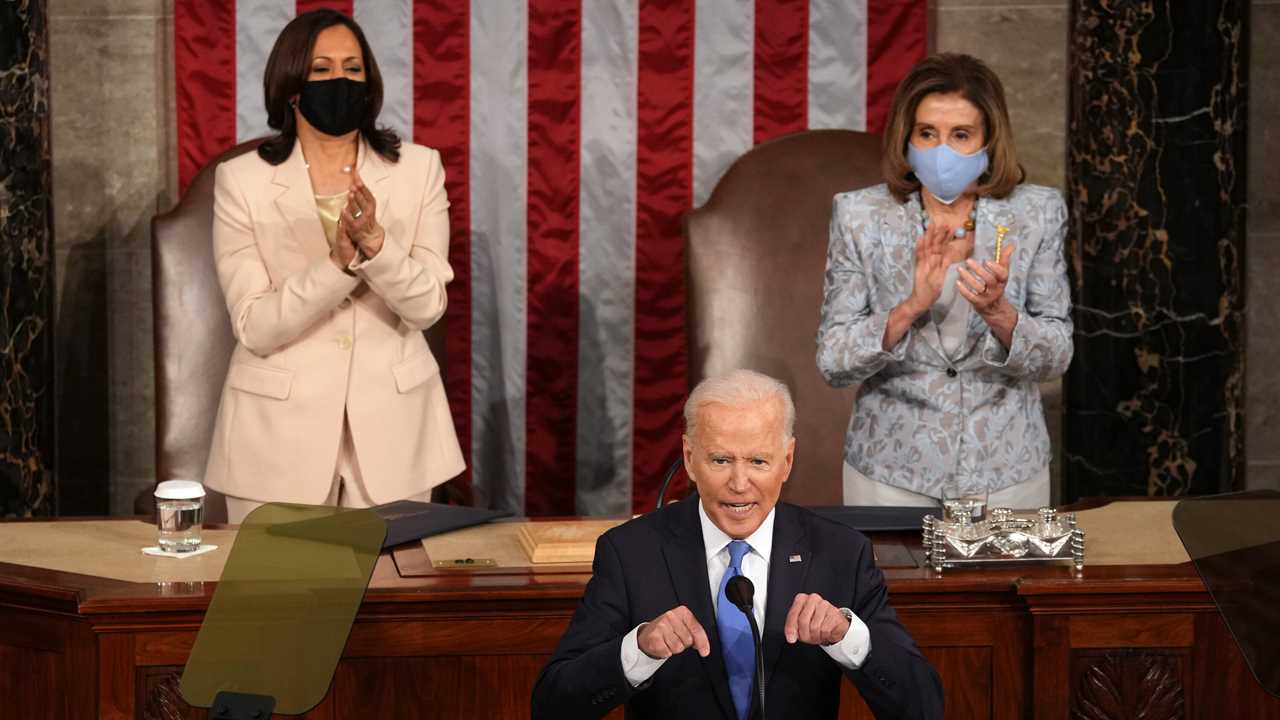
Usually, it’s the party out of power that frets about whether it will ever win again. This time, it’s the party in control of government that’s staring into the political wilderness.
Democrats now have a Washington trifecta — command of the White House and both chambers of Congress. If the results of last week’s elections in Virginia and elsewhere are any indication, they may not retain it after next November’s midterm elections. And a decade or longer may pass before they win a trifecta again.
The unusual structure of American government, combined with the electorate’s reflexive instinct to check the party in power, makes it hard for any party to retain a hold on both the White House and Congress for long.
Since World War II, political parties have waited an average of 14 years to regain full control of government after losing it. Only one president — Harry Truman — has lost Congress and retaken it later. In every other case, the president’s party regained a trifecta only after losing the White House.
It would be foolish to predict the next decade of election results. Still, today’s Democrats will have a hard time defying this long history. Not only do the Democrats have especially slim majorities, but they face a series of structural disadvantages in the House and the Senate that make it difficult to translate popular vote majorities into governing majorities.
The specter of divided government is a bitter one for Democrats.
The party has won the national popular vote in seven of the last eight presidential elections but has nonetheless struggled to amass enough power to enact its agenda. That has added to the high stakes in the ongoing negotiations over the large Democratic spending package, which increasingly looks like a last chance for progressives to push an ambitious agenda.
And it has helped spur the kind of acrimonious internal Democratic debate over the party’s message and strategy that would usually follow an electoral defeat, with moderates and progressives clashing over whether the party’s highly educated activist base needs to take a back seat for the party to cling to its majority. The strong Republican showing in Virginia and New Jersey last week has prompted yet another round of recriminations.
But with such a long history of the president’s party struggling to hold on to power, one wonders whether any policy, tactic or message might help Democrats escape divided government.
The political winds seem to blow against the president’s party almost as soon as a new party seizes the White House. For decades, political scientists have observed a so-called thermostatic backlash in public opinion, in which voters instinctively move to turn down the temperature when government runs too hot in either party’s favor. The pattern dates back as long as survey research and helps explain why the election of Barack Obama led to the Tea Party, or how Donald Trump’s election led to record support for immigration.
The president’s party faces additional burdens at the ballot box. A sliver of voters prefers gridlock and divided government and votes for a check and balance against the president. And the party out of power tends to enjoy a turnout advantage, whether because the president’s opponents are resolved to stop his agenda or because of complacency by the president’s supporters.






